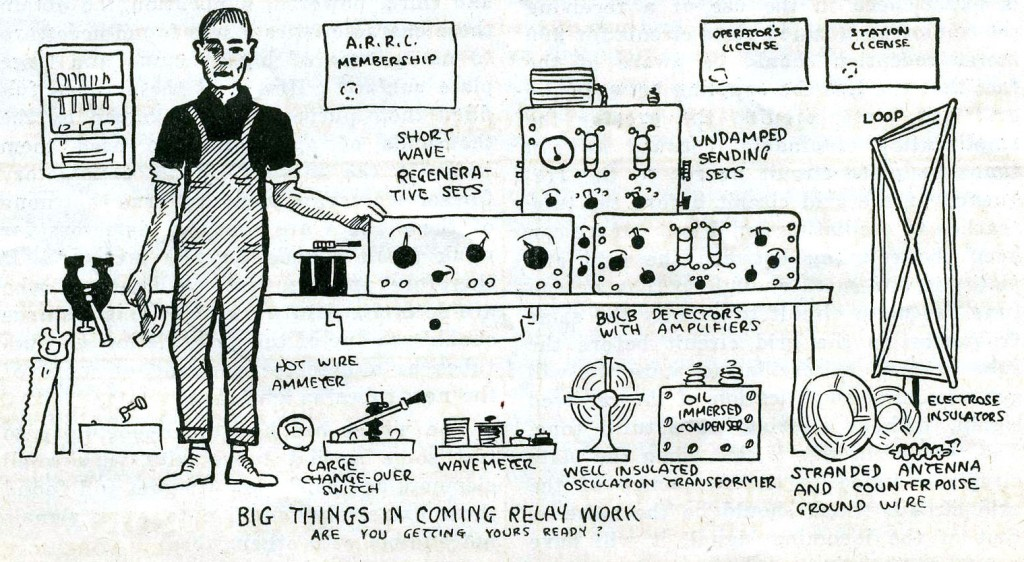

With the laptop connected to my wireless network, printing RTTY would be easy to handle. A plug-and-play interface, from Green Mountain Radio and sound card software would solve the issue of RTTY, computer radio control, packet, etc, when coupled to a spare laptop I could put into service. Thanks to Mark, WB9QZB, a UPS man delivered an ICOM IC-706MKIIG to my address and I had 160-6 meters plus analog 2 meters and 70 cm covered. Thinking back to my old separate receiver/transmitters and Model 15 teletype made me very thankful for the new compact equipment and I quickly had a solution in mind. I love 220 MHz, my main local and mobile band, but I also like D-STAR on 144, 4 MHz, as well as 2 meter SSB and CW, and just about anything on the HF bands, especially RTTY and CW. So now both antennas and radio space was a problem, compounded by the fact that I love to entertain and an unsightly array of ham radio equipment and cables was not going to cut it.

To complicate things, I happened to fall in love with a converted church built in 1839 that was not only in a landmark area of Greenwich Village, but was also a landmark building. Although it is 843 square feet, huge by New York City standards, wanting a full size kitchen and a full size bedroom and 2 bathrooms left little room for an office or a radio room. I work in New York City, where I have a one bedroom apartment.

The problem is that I spend only weekends at that home and not all of them at that. I can sit at my full size ICOM HF transceiver and look out at the water - but more about that later. Being right on a salt water bay, grounding antennas was a snap and while I was within the village limits, they had never worried about antenna restrictions. Having been a ham since I was 10 years old and still loving the hobby, when I built my latest home in Sag Harbor, New York, I included a “purpose built” shack. Bob Kittine, creative solutions for getting on the air from a New York City apartment.


 0 kommentar(er)
0 kommentar(er)
